Labor Day in the United States is more than just a long weekend and end-of-summer sales. Celebrated on the first Monday of September, it’s a day dedicated to recognizing the contributions of American workers, honoring the labor movement, and reflecting on how those efforts shaped modern life.
The holiday blends history, tradition, and seasonal change—a reminder of where we’ve come from and a chance to pause before fall begins.
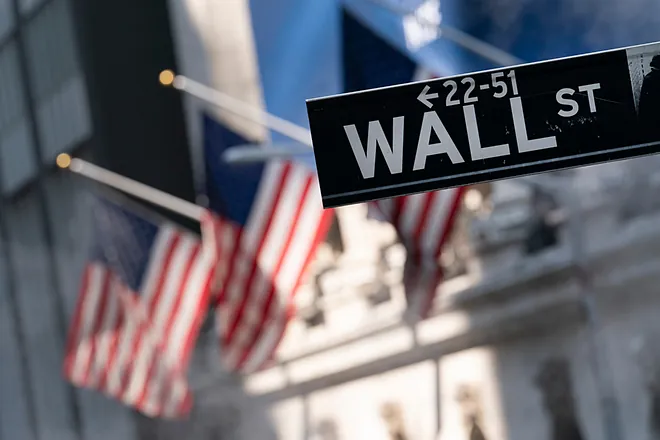
The Meaning of Labor Day in the United States
At its core, Labor Day celebrates work and the people who perform it.
- It’s a recognition of the economic and social contributions workers make.
- It honors the dignity of labor and the efforts of unions that pushed for fair treatment.
- It provides a national day of rest, symbolizing balance between work and life.
What does Labor Day stand for?
Labor Day is a symbol of the American work ethic. It stands for:
- Respect for workers’ rights
- Acknowledgment of labor unions’ role in shaping modern society
- Unity across industries—from factories and railroads to offices and schools
Why do we celebrate Labor Day every September?
The date isn’t tied to a single event but was chosen by labor leaders in the 1880s as a time that sat midway between Independence Day and Thanksgiving. Early organizers wanted a holiday that celebrated working people without overlapping with May Day, which was already a global workers’ holiday but carried more radical associations in Europe.
The History and Origins of Labor Day
The roots of Labor Day stretch back to the late 19th century—a period marked by rapid industrialization, long hours, and unsafe working conditions.
The first Labor Day parade in New York City (1882)
- On September 5, 1882, the Central Labor Union organized a parade in New York City.
- Thousands of workers marched through Manhattan streets, demanding better pay and shorter hours.
- After the march, workers and families gathered for speeches, picnics, and concerts—a tradition that continues today.
When did Labor Day become a federal holiday?
- By the late 1880s, more states began adopting their own versions of Labor Day.
- In 1894, after the Pullman Strike (a national railway strike that turned violent), President Grover Cleveland signed legislation making Labor Day a federal holiday.
- The move was both a recognition of labor’s role and an attempt to ease tensions between the government and workers.
The role of labor unions and the Pullman Strike
The Pullman Strike highlighted the struggles of workers against corporate power:
- The strike started with railway workers protesting wage cuts and high rents in company-owned housing.
- It escalated into a nationwide railway shutdown, involving 250,000 workers.
- Federal troops were called in, leading to violent clashes and deaths.
- In the aftermath, the government sought to honor labor with a national holiday—though the struggle for rights was far from over.
How Labor Day Is Celebrated Across the U.S.
Today, Labor Day celebrations mix union traditions, family gatherings, and cultural events.
Traditional parades and union events
- Labor unions still organize parades across U.S. cities.
- Floats, marching bands, and speeches by union leaders showcase the enduring importance of organized labor.
- These events serve as a reminder of solidarity among workers.
Family gatherings, barbecues, and picnics
- For many, Labor Day is about backyard barbecues, outdoor meals, and spending time with family.
- Foods like hot dogs, burgers, and grilled corn have become synonymous with the holiday weekend.
- The tradition ties back to the first Labor Day celebration, which included a communal picnic.
Festivals, concerts, and community celebrations
- Cities host fairs, fireworks displays, and concerts, giving communities a chance to come together.
- Sports also play a big role: college football season begins, and the U.S. Open tennis tournament coincides with the weekend.
This Labor Day, we’re honoring 250 Years of the grit, ingenuity, and determination of the hardworking Americans who made our nation great 🇺🇸 pic.twitter.com/uBIXnZ6QGw
— U.S. Department of Labor (@USDOL) August 31, 2025
Labor Day Weekend: The End of Summer Marker
Beyond honoring workers, Labor Day has become a seasonal milestone.
Back-to-school season and fall transition
- The holiday often marks the start of the academic year for schools and universities.
- Families see it as the last chance for a summer trip before schedules tighten.
Labor Day weekend travel trends
- Millions of Americans hit the road or take short vacations.
- Popular destinations include beaches, national parks, and amusement parks.
- According to the U.S. Travel Association, Labor Day weekend is one of the busiest travel periods of the year.
Labor Day shopping and major retail sales
- Retailers hold Labor Day sales, making it one of the biggest shopping weekends.
- Discounts on furniture, appliances, mattresses, and back-to-school items attract buyers.
- E-commerce platforms also capitalize on the long weekend with online deals.
Labor Day and the American Labor Movement
The holiday cannot be separated from the labor movement that gave rise to it.
How unions shaped workers’ rights
Unions played a central role in securing rights that are now taken for granted:
- The eight-hour workday
- The five-day workweek
- Minimum wage laws
- Workplace safety standards
The eight-hour workday and workplace reforms
The push for the “Eight hours for work, eight hours for rest, eight hours for what we will” slogan became a rallying cry.
- Before reforms, workers often faced 10–16 hour shifts.
- The labor movement’s pressure helped secure the Fair Labor Standards Act of 1938, which cemented maximum hours, minimum wages, and overtime pay.
Why Labor Day remains tied to workers’ struggles
Even with past victories, labor issues persist:
- Gig economy workers face challenges over benefits and job security.
- Wage inequality continues to grow.
- Debates over remote work and work-life balance echo earlier struggles for dignity in labor.
Why Labor Day Still Matters Today
Though some view it mainly as a summer send-off, the holiday’s deeper meaning remains relevant.
Labor Day as a reminder of work-life balance
The holiday serves as a pause to reflect on:
- Personal well-being vs. work demands
- The importance of time with family and friends
- The value of rest as part of productivity
Modern debates on fair wages and job security
- Rising costs of living have renewed conversations about the minimum wage.
- The rise of AI, automation, and remote work sparks questions about the future of employment.
- Union activity has seen a revival, with strikes in industries from Hollywood to logistics.
Is Labor Day more cultural than political now?
While rooted in protest, today the holiday is often cultural—a weekend of food, fun, and sales.
Yet the political undertone remains, reminding Americans that many workplace rights were won only through struggle.
The True Spirit of Labor Day
- Labor Day is a celebration of workers and their contributions.
- The holiday grew out of the labor union movement of the late 19th century.
- It’s both a historical commemoration and a modern cultural tradition.
- Beyond parades and barbecues, it’s a chance to remember that the rights workers enjoy today were hard fought.

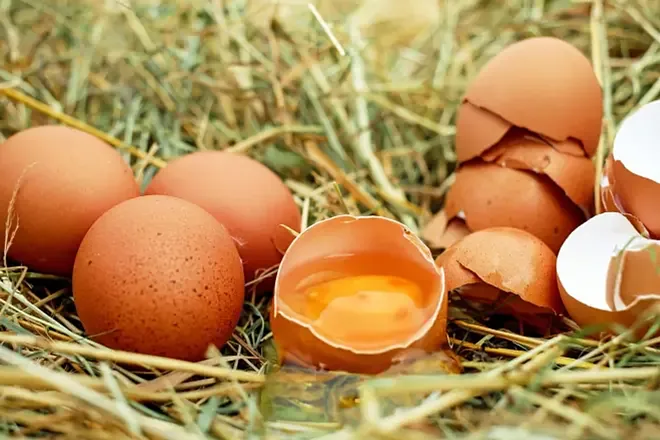
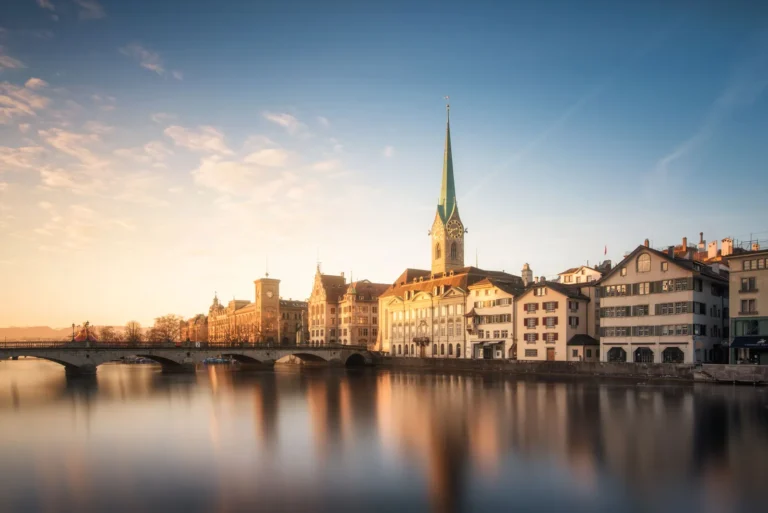
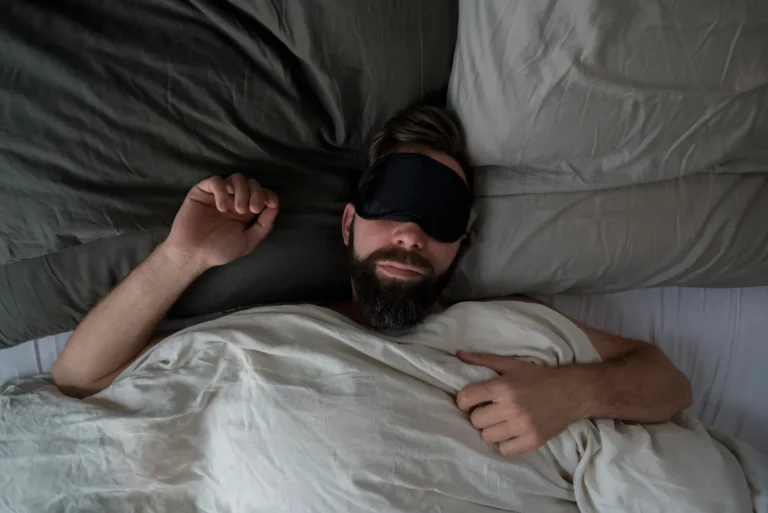

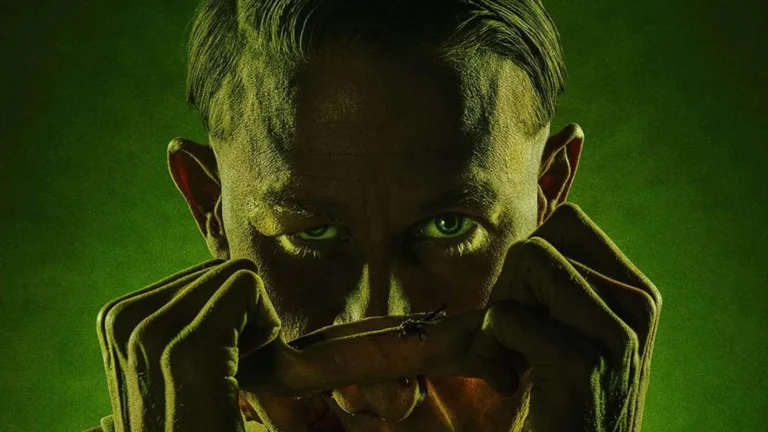
Hey very cool blog!! Man .. Excellent .. Amazing .. I will bookmark your web site and take the feeds also…I am happy to find numerous useful information here in the post, we need develop more techniques in this regard, thanks for sharing. . . . . .